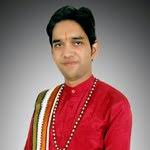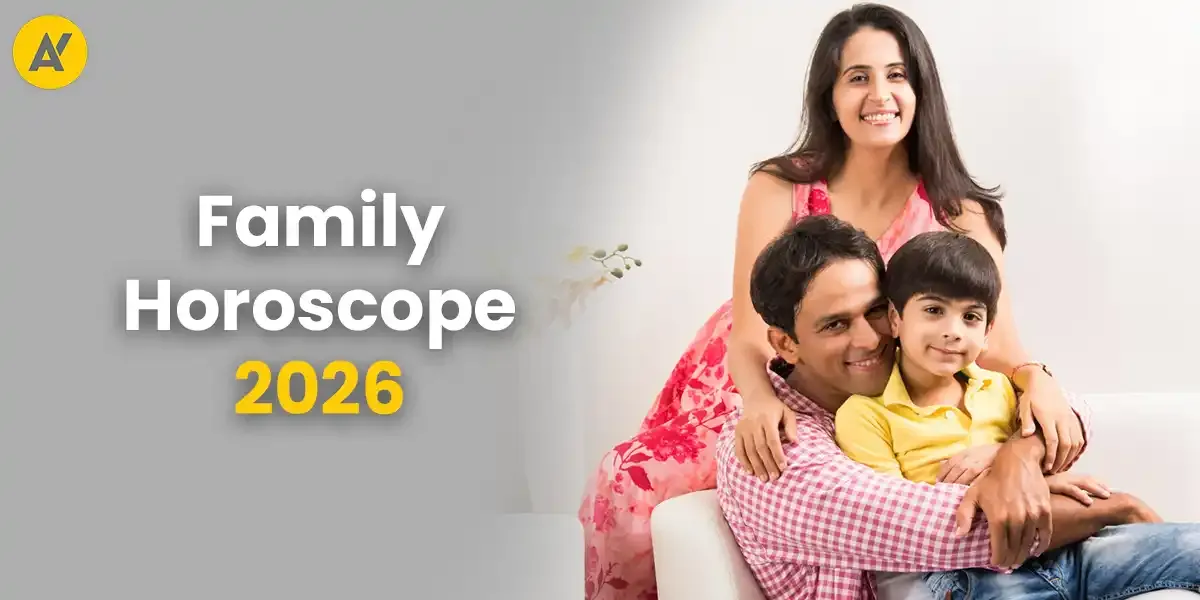Indian Weddings: A Guide to Ceremonies and Traditions
Weddings in India are a league of their own. They make for the biggest events in a family. Most weddings in the country span anywhere from a couple of days to weeks, depending on the type of wedding and the number of related functions. This is what defines Indian weddings; they are meant to be lengthy, joyous occasions filled with multiple ceremonies, rituals, and celebrations.
One cannot deny that the different cultures specific to different regions of the country add a unique flavor to weddings. They also differ in religious ideologies and rituals. When it comes to marriage, various traditions and rituals are followed in India. Moreover, many things are taken into consideration before choosing a prospective match.
Traditionally, in India, the culture of arranged marriage is given the utmost importance. In arranged marriages in Indian households, marriage proposals are sent to the prospective bride or groom by the families. Horoscopes and all the astrological factors are matched between the potential match by a priest or an astrologer. When everything is in sync, and the two families agree, they proceed with the wedding preparations.
In arranged marriages, marriage proposals are sent to the prospective bride or groom by the families. Horoscopes and the stars are matched between the potential match by a priest. And, when everything is in sync and the two families agree they go ahead with the preparation of the wedding process.
India is culturally diverse and is home to varied ceremonies. However, some common wedding traditions are the engagement party, the bridal Mehendi function (where the bride and other ladies of the family get Henna patterns adorned on their hands and feet), the Haldi ceremony (where a paste of turmeric along with a combination of other mixtures is applied on the bride and the groom for beautification and blessings), the Sangeet (music and dance-filled function), the main wedding ceremony, and the reception.
These customs and traditions are performed before, during, or after the wedding.
Beyond these, when it comes to the preparation of weddings in India, it's done to the best of one's capacity. Be it the wedding dress, jewelry, food, decoration, or arrangement, everyone wants the arrangements to be perfect.
Types of Marriage
The fascinating fact about India is that it has 28 states and 9 union territories and hence Indian diaspora is huge and so is their traditions, in the marriage context. The entire spectrum of Hindu marriage itself is huge in India. Of course, different types of marriage customs are followed across the country. For instance, a south Indian wedding is not similar to a Bengali wedding or a Maharashtrian wedding or a wedding in the north.
The Hindu wedding ceremony follows the Vedic rituals and the three main rituals Kanyadaan, Panigrahana and Saptapada. The first means the giving away of the bride by the father, second means the bride and groom holding hands in front of the fire and third the most significant one is the making seven rounds around the sacred fire. But every Hindu wedding doesn't follow all rituals. It's interesting to know how each state or region in the country differs when it comes to wedding celebrations.

















